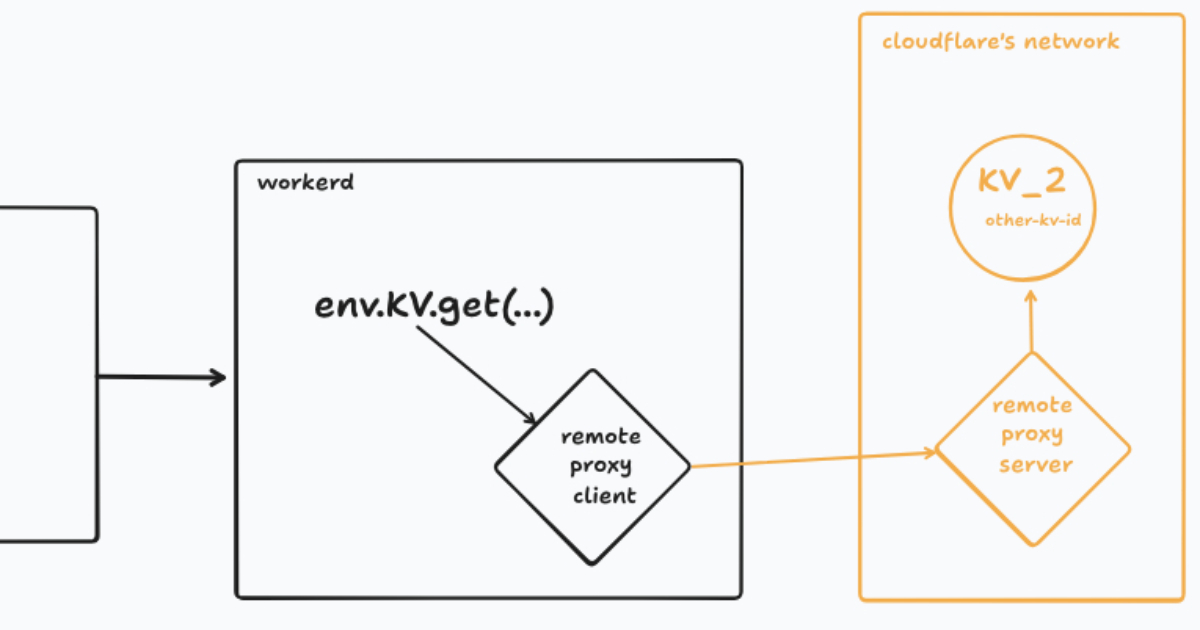Codetown
Codetown ::: a software developer's community
What's the difference between Grid computing and Cloud Computing
I don't clearly catch the difference betwenn these two concept. Someone told me that the essential différence is that the cloud computing give you a large space of storage and the grig give more advantages than storage, we can profit to much power with this last.
Does any one know more clearly these two concept; and tell us?
Tags:
Replies to This Discussion
-
Permalink Reply by Thomas Michaud on October 26, 2011 at 3:38pm
-
I don't claim to be the expert, but the difference is (I think) in use.
Grid represents a scalable framework. You write your algorithm and your code and use as much computing power as you wallet can afford. (Useful as some work can be highly parallelizable) .
Cloud computing offers storage (true) but it's also represents the applications as well. Ideally with cloud computing, you don't need to have certain applications on your desktop - as long as you can hit the cloud, you can get, update, and use your data.
-
-
Permalink Reply by Hervé-greg MOKWABO on October 26, 2011 at 3:49pm
-
Thanks thomas;
What I got :
Grid - much computing power and can be highly parallelizable
Cloud - Storage and dont need to have certain applications on your desktop ( that's just like server application?)
Someone can tell us more?
-
-
Permalink Reply by Bradlee Sargent on October 27, 2011 at 10:58pm
-
I think if you look at the history, you will understand some difference.
In my own experience, the grid began with Oracle using it as a type of metadatabase, which would point to multiple databases residing on different but uniform hardware systems. So if a company had multiple unix boxes and needed to increase the size of their database, instead of purchasing additional hardware they could implement the grid database and combine their multiple unix servers into one database resource.
Cloud is much more in terms of it offering not only a database, but also an entire server including the operating system.
The cloud exposes an operating system, whereas a grid exposes a database.
But I am no buzz word expert so I might be wrong.
-
-
Permalink Reply by Jackie Gleason on October 28, 2011 at 10:17am
-
I just talked to a buddy about this, essentially the Oracle Grid product is differant because it runs the DB in memory. So access times are a lot quicker. I don't think it is really a matter of Vs. so much as Grid computing is a way to handle db transactions in a faster way.
He said their grid servers had something like 72gbs of ram. Freaking crazy
-
-
Permalink Reply by Hervé-greg MOKWABO on November 29, 2011 at 10:33am
-
Please Bradley, wha do you think about Jackie's reaction?
-
Notes
Welcome to Codetown!
 Codetown is a social network. It's got blogs, forums, groups, personal pages and more! You might think of Codetown as a funky camper van with lots of compartments for your stuff and a great multimedia system, too! Best of all, Codetown has room for all of your friends.
Codetown is a social network. It's got blogs, forums, groups, personal pages and more! You might think of Codetown as a funky camper van with lots of compartments for your stuff and a great multimedia system, too! Best of all, Codetown has room for all of your friends.
Created by Michael Levin Dec 18, 2008 at 6:56pm. Last updated by Michael Levin May 4, 2018.
Looking for Jobs or Staff?
Check out the Codetown Jobs group.
InfoQ Reading List
Java News Roundup: Spring Cloud, Quarkus, Hibernate ORM, JobRunr, LangChain4j, Java Operator SDK

This week's Java roundup for November 24th, 2025, features news highlighting: point releases of Spring Cloud, Quarkus, Hibernate ORM, JobRunr, LangChain4j and Java Operator SDK; first release candidates of Hibernate Reactive and Gradle; and a maintenance release of Keycloak.
By Michael RedlichHelm Improves Kubernetes Package Management with Biggest Release in 6 Years

Helm, the Kubernetes application package manager, has officially reached version 4.0.0. Helm 4 is the first major upgrade in six years, and also marks Helm's 10th anniversary under the guidance of the Cloud Native Computing Foundation (CNCF). The update aims to address several challenges around scalability, security, and developer workflow.
By Matt SaundersGoogle's New LiteRT Accelerator Supercharges AI Workloads on Snapdragon-powered Android Devices

Google has introduced a new accelerator for LiteRT, called Qualcomm AI Engine Direct (QNN), to enhance on-device AI performance on Qualcomm-powered Android devices equipped with Snapdragon 8 SoCs. The accelerator delivers significant gains, offering up to a 100x speedup over CPU execution and 10x over GPU.
By Sergio De SimonePrivate AI Compute Enables Google Inference with Hardware Isolation and Ephemeral Data Design

Google announced Private AI Compute, a system designed to process AI requests using Gemini cloud models while aiming to keep user data private. The announcement positions Private AI Compute as Google's approach to addressing privacy concerns while providing cloud-based AI capabilities, building on what the company calls privacy-enhancing technologies it has developed for AI use cases.
By Vinod GojeCloudflare Introduces Remote Bindings for Local Development

Cloudflare recently announced the general availability of remote bindings for local development. Remote bindings let developers connect to production, deployed resources in their Cloudflare account, rather than using local simulations.
By Renato Losio
© 2025 Created by Michael Levin.
Powered by
![]()